Everything You Need To Know About Artificial Intelligence

Footage from “West World”
Artificial Intelligence – it’s roughly a capacity of machines, computer programs, and systems to perform intellectual and creative functions of a human, find the original solution to a problem, make decisions and reach a conclusion. As of today, this topic became one of the most exciting thanks to the development of modern technologies and popularization of science in movies, TV series, and social media. We were all marveled when the robot Sophia obtained citizenship of Saudi Arabia and became the first inanimate object with citizenship ever. The world from science fiction seems so reachable like never before, and this fact makes us shiver as in fictional novels robots leave not a chance for humans. In this article, we will consider whether artificial intelligence is our friend or a living nightmare.
AI History
Artificial intelligence definition is not quick and clean. Before answering what is artificial intelligence we should give an answer to what is intelligence. The term itself is a matter of philosophy as humanity is still not able to provide a proper definition of intellect not to mention the creation of an artificial one. That’s why it is the mechanical philosophy and the works of Gottfried Leibniz, Rene Descartes and Thomas Hobbes which had a great impact on the development of this science field. These philosophers explored the possibility that all rational thought could be made as systematic as algebra or geometry, which became the basis of the physical symbol system hypothesis and shaped the early vision of AI.
The rise of interest in the possibility of creating artificial mind flourished in XVIII century thanks to the development of technology and clockwork in particular. In the middle of 1750th, an Austrian inventor Friedrich von Knaus designed machines that were able to write fairly long texts with a pen.
Achievements in mechanics of XIX century lead to new inventions which contributed to the modern understanding of artificial intelligence. In 1830 an English mathematician Charles Babbage developed the concept of the complex digital calculator, an analytic machine which according to his statement could calculate moves in chess. And later in 1914 the head of one of the Spanish techs. Leonardo Torres y Quevedo invented an electromechanical device able to play out simple chess endgames almost quite as well as a human.
In 1950 Alan Turing in his article “Computing Machinery and Intelligence” for philosophical magazine “Mind” aimed to define whether a machine could think the way people do. Turing suggested considering a machine to be intelligent if a person who communicates with it won’t be able to tell robot from a human.
Read Also: Revolutionizing Advertising with Artificial Intelligence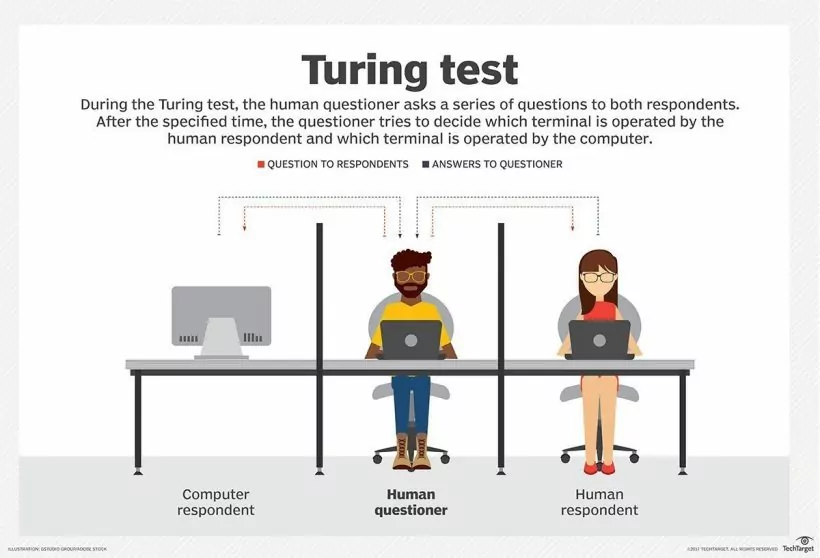
One of the major attributes of intellectuality is a capacity for learning. So that in 1961 one of the leading English experts in artificial intelligence Dr. Donald Michie developed Machine Educable Noughts And Crosses Engine (MENACE). Through training, MENACE has learned to play a Tic-Tac-Toe.
At the beginning of 1970th experts in AI began implementing programs for solving particular problems which resulted in developing of groundbreaking yet simple concept. The concept was that in order to create an intellectual program developers should provide high-quality specialized information about the particular area. The outcome of this developing led to the invention of expert systems.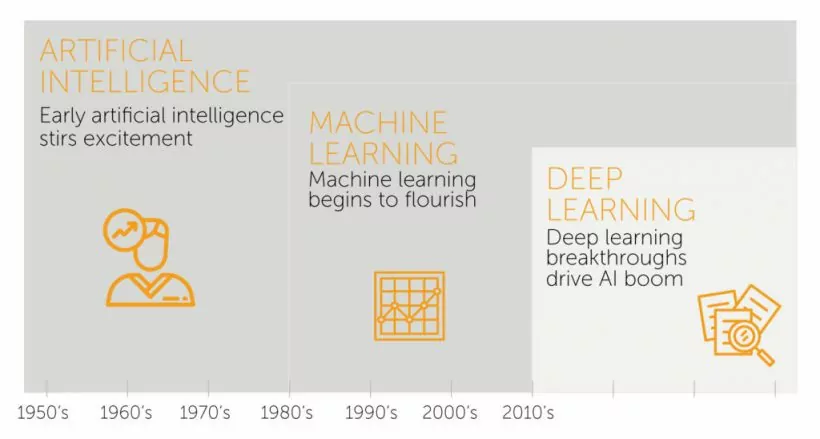
In 1980th machine learning finally started development. Until this decade experts had to manually transfer data to a program, which was a tedious process.
In the present, AI evolved to provide benefits almost in every sphere and began to be the essential part of our usual life. Nevertheless, it’s still not even close to Skynet thus there’s no reason to be scared. Keep reading to learn more about the impact of AI on every-day processes some of which are going to surprise you.
Is Artificial Intelligence The Same As Machine Learning?
In five words machine learning is a way of achieving AI. This area studies methods of developing algorithms capable of learning on their own which is important in cases where there is no clear solution. It would seem that the easiest way to get the best answer is to delegate work to a machine although we might end up with the answer ‘42’. For those who didn’t understand the reference, it came from the book “The Hitchhiker’s Guide to the Galaxy”, by Douglas Adams. Plot: a hyper-intelligent race created a supercomputer Deep Thought for one sole purpose to get an answer to The Ultimate Question of Life, the Universe, and Everything. It took Deep Thought seven and a half million years to come up with the answer ‘42’.

Footage from “Hitchhiker’s Guide To The Galaxy”
Deep Thought is an example of narrow AI – meaning it was specially designed to solve the one single question, but it couldn’t come up with an answer that makes sense. The reason is the question had slight philosophy gradient and demanded creative thinking which is intrinsic to human but unavailable to a machine. A machine with all of the characteristics of human intelligence, including creative thinking, would be an example of general artificial intelligence. While general AI is unreachable and still is a matter of science fiction, narrow AI is performed in many areas of our modern life.
Types of AI
As of today, there are four types of artificial intelligence:
Type I AI. Reactive machines
The most basic fundamental type of AI is purely reactive. It responses according to the particular situation and can’t form memories or rely on the past experience to issue a new solution. Those machines are designed for one specific use. The perfect example of this type of machines is Deep Blue, IBM’s supercomputer for playing chess, which beat international grandmaster Garry Kasparov in 1997. Deep Blue knows how each figure moves and can calculate amounts of optimal moves for itself and its opponent from all known possibilities. However, Deep Blue doesn’t have any memory of what happened before and images the situation on the board only the way it looks right at the moment.
This type of AI considered to be trustworthy as it will behave the same exact way in the same exact situation. You don’t want your autonomous car to cut off the drivers and create dangerous situations on the road, do you? No, you want it to be a reliable driver, which follows the rules.
Type II AI: Limited memory
Unlike the first type, the second type of artificial intelligence takes into account the past events and adds them to its preprogrammed representations of the world. Self-driving cars are the perfect examples of this type of AI. Since it’s nearly impossible to evaluate traffic in just one moment, a car has to identify other road users and monitor their speed and direction over time. However, the car can’t gain experience and learn from the past events, the way people, who drive over years, do.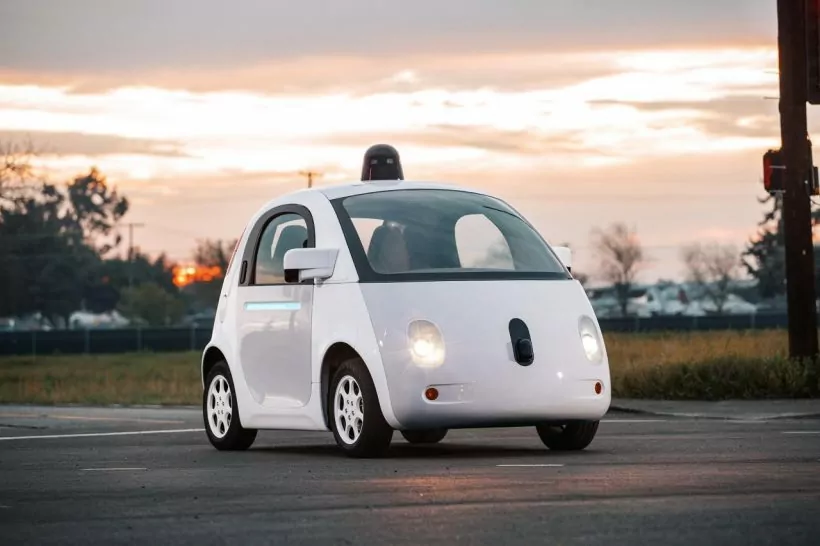
Type III AI: The theory of mind
The next generation machines will be so evolved they will be able to understand the other creatures’ emotions and thoughts and the way they can affect behavior. In psychology, it’s called “theory of mind”. This is crucial when it comes to social interactions because if we don’t take into account motivation of another human being, it will be at best difficult to work together, at worst impossible. And in order to allow robots in our life, we should implant them an ability to empathize and to adjust their behavior accordingly.
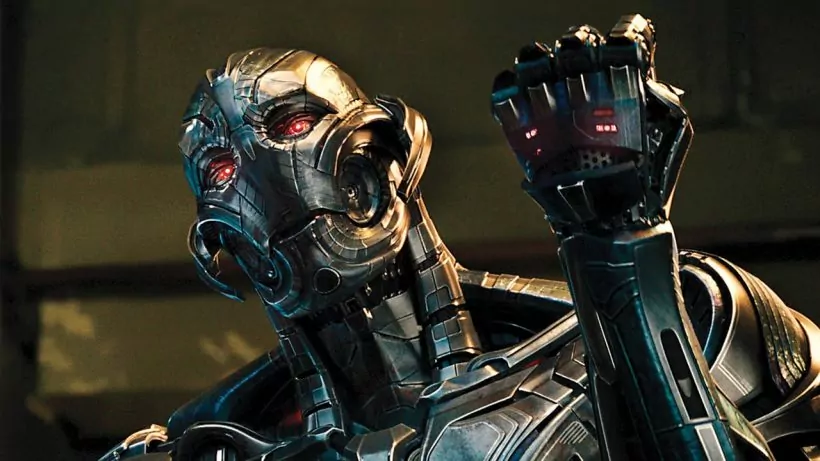
Footage from “Avengers: Age of Ultron”
Type IV AI: Self-awareness
This type will be able to form representations about itself. This ultimate stage of AI development will imply the existence of machines able to recognize internal state, predict emotional reactions, grasp the problem and reach the logical conclusion.
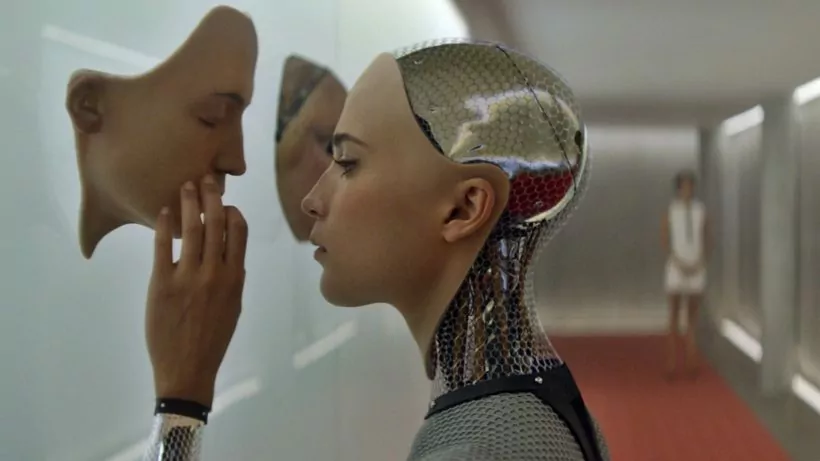
Footage from “EX Machina”
While we are still far from creating machines that are self-aware, we should focus our efforts toward understanding memory, learning and the ability to base decisions on past experiences.
Why is AI so important?
The other reason why plenty of people are afraid of artificial intelligence is that they believe robots will take their places and cause widespread unemployment. Although, some purely technical professions might become the things of the past (accountant, radiologist, lawyer, etc) the new opportunities will arise at the same time. For today’s complete automation of manual tasks with AI is not possible. Machine still needs a human mediator to set up the system and ask the right questions. But AI is great in performing high-volume, computerized tasks and processing a large amount of data without fatigue.
AI adds intelligence to existing products. You can’t meet it separately from a general device it’s rather a useful improvement. For example, virtual assistants as Siri or Cortana are added as features to your cell phones and computers. Further in future, simple as of today assistants can be combined with a large amount of data to improve all areas of our life, whether it’s a housekeeping or sophisticated investment analysis.

Footage from “A.I. Artificial Intelligence”
AI achieves incredible accuracy through deep neural networks. You can ascertain it from your interactions with applications like Google Photo or Prime Photos from Amazon. The deep neural networks are responsible for recognizing and matching faces unmistakably. The very same technology will bring a big progress into the medical field. Neural networks are already used to find cancer on MRIs with the same accuracy as highly trained radiologists.
Where Is Artificial Intelligence Used?
AI can improve every industry. For example, question answering systems can be used for legal assistance, patent searches, risk notification and medical research. Some industries, like transport, we cited earlier in this article. Here we will look at other areas of using artificial intelligence system:
- Health care
A research team from Nottingham university developed algorithms able to calculate the risk of cardiac diseases more effectively than real doctors. The accuracy of the algorithm was between 74% and 76,4% versus 72,8% accuracy of the system developed by American College of Cardiology.
- Education
Glossika, a linguistic company, claims that AI using speeds up language learning by increasing or decreasing the learner’s exposure to patterns depending on their feedback. This method would be based on repetition of phrase patterns that show the relationships between words. In December 2017 using this method, two AI systems were able to teach themselves every known language.
- Finance
Machine learning helps to determine potential cases of fraud in various areas of life. PayPal uses such an instrument in anti-money laundering. AI software compares millions of transaction to discover suspicious among them. As a result, a percent of fraudulent transactions in PayPal is record low in comparison with the standard in the financial sector (0,32% vs 1,32%).
- Retail
Artificial intelligence implementation significantly improved mechanisms of suggestions in online stores and services. Algorithms based on machine learning analyze your behavior on the website and compare it with millions of users. Thus determining which product you will most likely to buy.
- Agriculture
Microsoft engineers use artificial intelligence to determine the optimal seeding time and monitor soil condition in India. Implementation of such a tool helped to harvest 30-40% more than usual.
- Security
Research of the company Deep Instinct has shown that new versions of viruses were essentially the same as previous ones. The percent of change ranged from 2% to 10%. Based on this information Deep Instinct developed a self-learning program able to accurately identify infected files.
- Entertainment
As usual, the funniest examples of AI using are in entertainment sphere. You definitely used to mess around with MSQRD filters. If suddenly you don’t know what we are talking about it’s an application for photo manipulations using neural networks.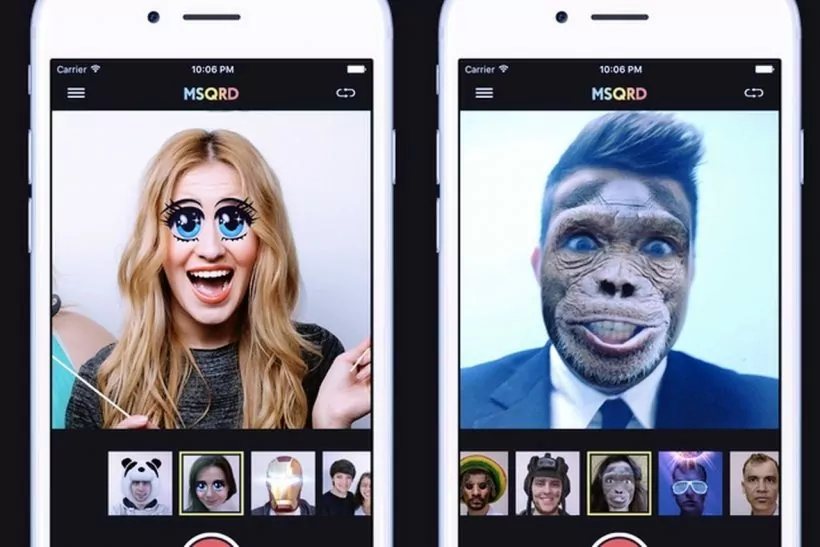
Another example is a Japanese algorithm famous for writing a book named “The Day a Computer Writes a Novel”. Neural network wrote sequels to “Harry Potter” and “Game of Thrones” series as well.
And we can’t pass up achievement in..erm…adult movies. Thanks to Reddit user Deepfakes you can swap face of an actual actress with a face of Hollywood actress or a singer. The overall number of names to swap with is limited to four so far (Scarlett Johansson, Odry Plaza, Maisie Williams and Taylor Swift) but still!
Conclusion
As you can see AI is way far from perfection. Thousands of developers work daily to enhance its capabilities and improve our lives. Yes, with some tasks AI will cope better than a human, but it doesn’t mean robots will dislodge us some day. Remember, when an industrial revolution took place in the period between XVIII and XIX century a lot of people were concerned just as well that machines will make them useless. But nothing like that happened. Now it’s impossible to imagine an industry without those machines their absence would make labor unbearable. Maybe one day we will feel the same way about robots with artificial intelligence.









